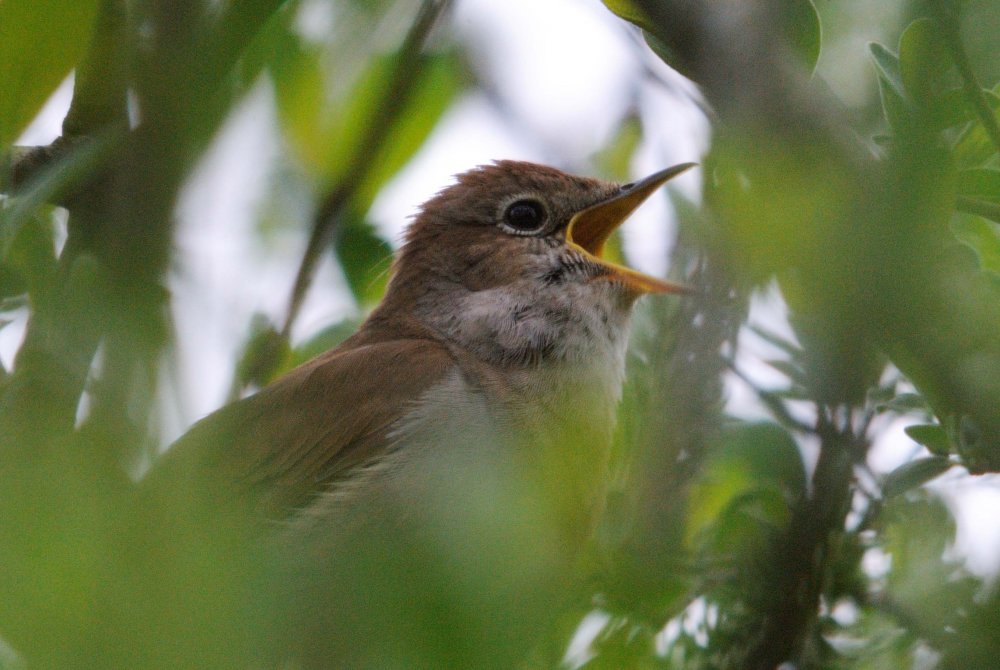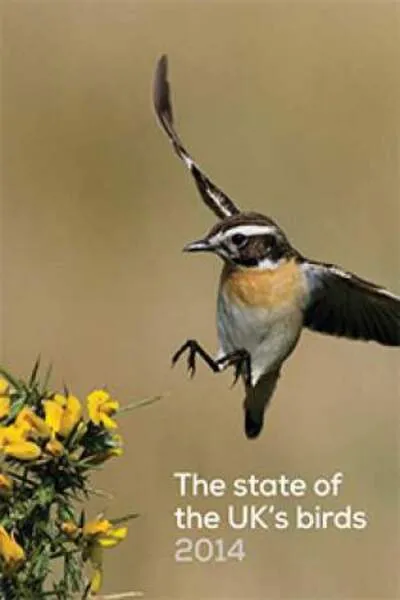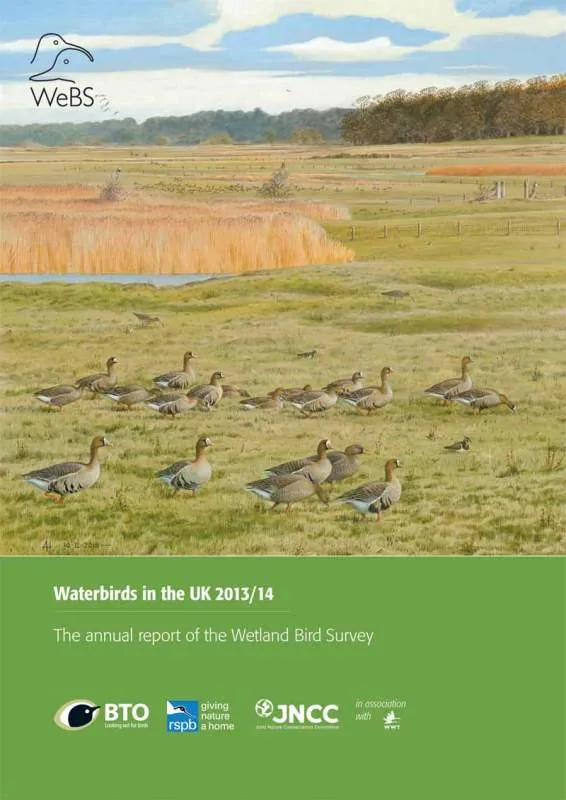BTO create and publish a variety of important articles, papers, journals and other publications, independently and with our partners, for organisations, government and the private sector. Some of our publications (books, guides and atlases) are also available to buy in our online shop.
Annual report of the Seabird Monitoring Programme
Seabird Population Trends and Causes of Change: 1986–2023
This report presents the latest seabird population trends in breeding abundance and productivity using data from the Seabird Monitoring Programme (SMP).
The report documents changes in the abundance and productivity of breeding seabird species in Britain and Ireland from 1986 to 2023, and provides a detailed account of the 2021, 2022 and 2023 breeding seasons.

Search settings
Managing Scrub for Nightingales
Author:
Published: 2015
Habitat quality is a central concept in species conservation. Key resources must be available if a species is to breed successfully and maintain high survival. BTO work has identified critical elements of habitat for the Nightingale, a species celebrated for its remarkable song. This information has been summarised in a Conservation Advice Note – the first of its kind for the BTO.
29.04.15
Books and guides Conservation advice note

LifeCycle - Issue 1, Spring 2015
Author: BTO / Multiple
Published: Spring 2015
Includes the annual breeding season results for 2014 and articles on monitoring Sand Martins, House Martins, Mute Swans, Ring Ouzels and Peregrines and reports on a study into Storm Petrels with missing feet.
10.04.15
Magazines Lifecycle
The State of the UK's Birds 2014
Author: Hayhow D.B., Conway G., Eaton M.A., Grice P.V., Hall C., Holt C.A., Kuepfer A., Noble D.G., Oppel S., Risely K., Stringer C., Stroud D.A., Wilkinson N. and Wotton S.
Published: 2015
10.04.15
Reports State of the UK's Birds

A method to evaluate the combined effect of tree species composition and woodland structure on indicator birds
Author: Dondina, O., Orioli. V., Massimino, D., Pinoli, G. & Bani, L.
Published: 2015
Providing quantitative management guidelines is essential for an effective conservation of forest-dependent animal communities. Traditional forest practices at the stand scale simultaneously alter both physical and floristic features with a negative effect on ecosystem processes. Thus, we tested and proposed a method to define forestry prescriptions taking into account the combined effect of woodland structure and tree species composition on the presence of four bird indicator species (Marsh Tit Poecile palustris, European Nuthatch Sitta europaea, Short-toed Tree-creeper Certhya brachydactyla and Blue Tit Cyanistes caeruleus). The study was carried out in Lombardy (Northern Italy), from 2002 to 2005. By using a stratified cluster sampling design, we recorded Basal Area, one hundred tree trunk diameters at breast height (DBH) and tree species in 160 sampling plots, grouped in 23 sampling areas. In each plot we also performed a bird survey using the point count method. We analyzed data using Multimodel Inference and Model Averaging on Generalized Linear Mixed Models, with species presence/absence as the response variable, sampling area as a random factor and forest covariates as fixed factors. In order to test our method, we compared it with other two traditional approaches, which consider structural and tree floristic variables separately. Model comparison showed that our method performed better than traditional ones, in both the evaluation and validation processes. Based on our main results, in deciduous mixed forest where the exploitation demand is limited, we recommend maintaining at least 65 trees/ha with DBH>45cm. In particular, we advise keeping 70 trees/ha with DBH>50cm in chestnut forests and 300 trees/ha with DBH 20–30cm in oak forests. Conversely, in more exploited oak forests, we advise maintaining at least 670 trees/ha with DBH 15–30cm in chestnut forests and 100 trees/ha with DBH 10–15cm.
01.04.15
Papers
Waterbirds in the UK 2013/14
Author: Chas A. Holt, Graham E. Austin, Neil A. Calbrade, Heidi J. Mellan, Richard D. Hearn, David A. Stroud, Simon R. Wotton and Andy J. Musgrove.
Published: 2015
Waterbirds in the UK presents the summarised results of the annual WeBS report, and full data available via the WeBS Report Online. It provides a single, comprehensive source of information on the current status and distribution of waterbirds in the UK for those interested in the conservation of the populations of these species and the wetland sites they use.
01.04.15
Reports Waterbirds in the UK
